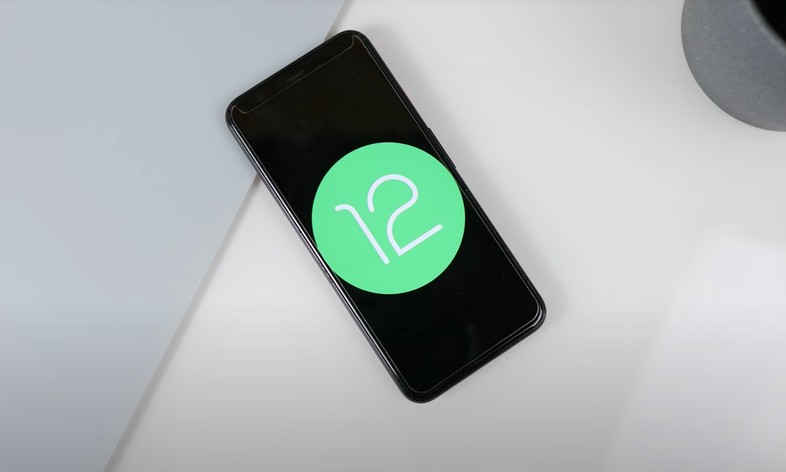Thanks to Android 12 and Google Mobile Services, managing contacts, and emergency information are easier and immediate: one of the new requirements that manufacturers must meet for Google to grant the possibility of installing its services and apps is a special item in the Settings menu, which must also be one of the main categories, at the same level therefore as Display, App or Battery so that it is easy for all users to locate.
Google dictates rather precise rules also regarding the submenu, which must contain sections dedicated to:
- Medical information is potentially useful for rescue personnel (for example, blood type, any conditions, and diseases.
- Emergency contacts. These can also be viewed without having to unlock the device, for example in the Lock Screen.
- Procedure for launching an emergency SOS. This is new to Android 12 – the default should be a quick press of the power button five times. This activates a 5-second countdown after which the national emergency service is called (for example 112 for us, 911 in the US). In the case of Google Pixels, this functionality is managed by the dedicated Personal Safety app.
- Emergency location services.
- Earthquake alarm.
- Wireless emergency alerts and notifications.
According to GMS requirements, all Android 12 devices must have a top-level “Safety & emergency” page with the following items in the submenu: medical information, emergency contacts, emergency SOS, emergency location service, earthquake alerts, and wireless emergency alerts.
– Mishaal Rahman (@MishaalRahman)
Many of these features have been part of Android for some time, but for the first time, Google has provided (and made it mandatory) a section that brings them all together in one place for maximum convenience.
The news was reported a few hours ago by Mishaal Rahman, former editor-in-chief of xda-developers, which he also discovered another new mandatory requirement: a screen reader service for those with vision problems. Again, nothing shocking: Android has been offering the TalkBack service as part of the Android Accessibility Suite for years, and virtually all manufacturers integrate it now.



